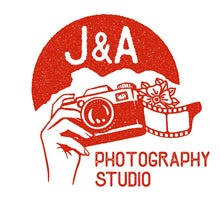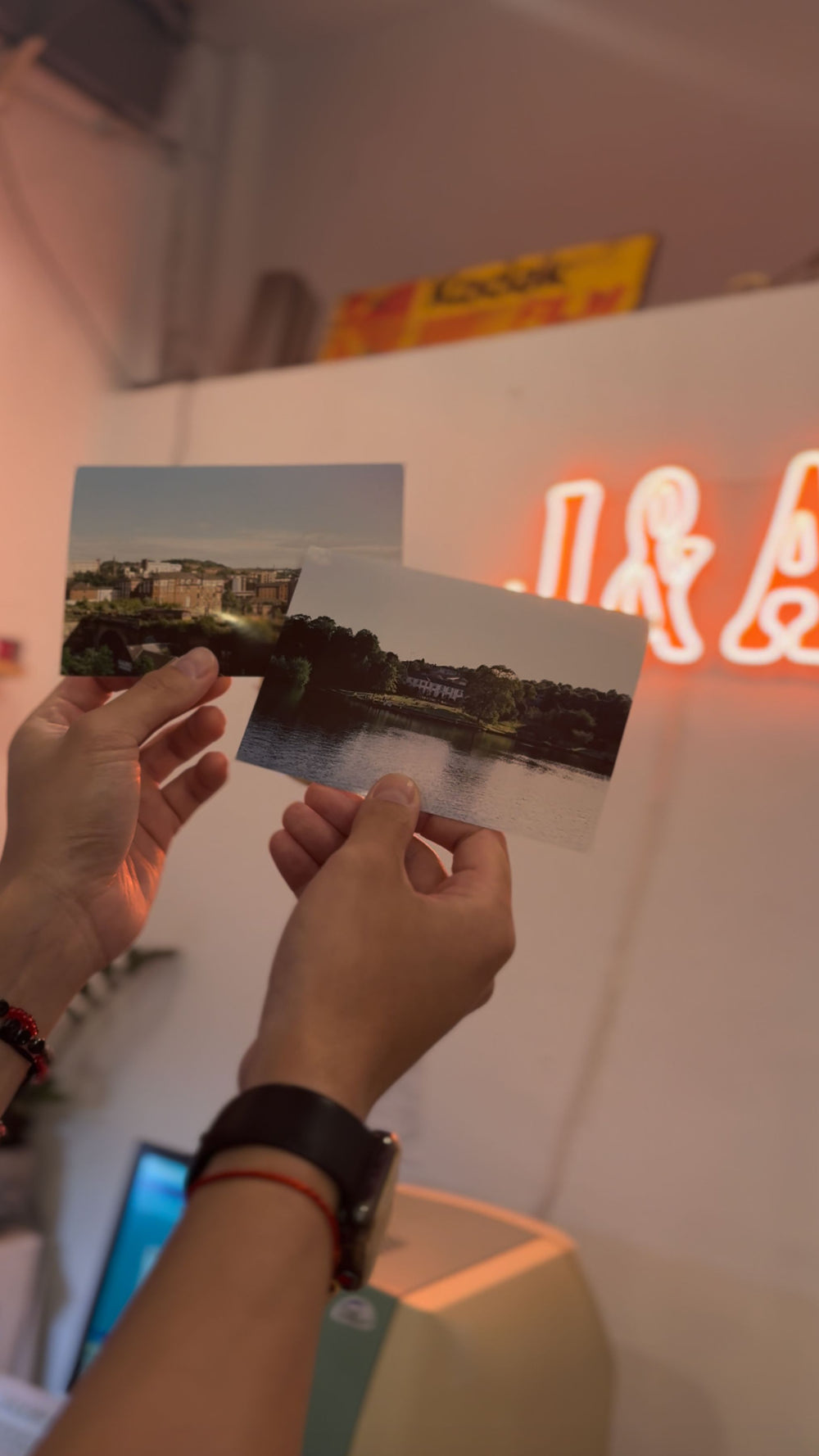What 35mm film is the best for Low Light conditions?
Winter time has come! As the days grow shorter and the nights longer, winter presents a unique challenge for photographers. The low-light conditions can make it tricky to capture the cozy ambiance of Christmas markets, of the twinkling lights of the city, and the ethereal beauty of a snowy landscape and fireworks. But fear not, film photographer! With the right 35mm film in your camera, you can embrace the darkness and create stunning images that will make your heart skip a beat!
Let's dive into the top 35mm films that will help you conquer the winter's low-light conditions:
Colour Films for Winter Photography
Kodak Portra 800
This versatile film is a true workhorse for low-light situations, it is meant to be a portrait film, but its high ISO capabilities and exceptional colour rendition make it a go-to choice for capturing the warm, festive tones of the holiday season at night photography as well.

Portra 800 is best known for it's fine grains and saturated colour
Lomography 800
Lomography's take on high-speed colour film is a fantastic option for those who love a bit of vintage flair. Compared to Kodak Portra 800, the film's unique characteristics, such as its subtle grain and slightly muted palette, can add a charming, nostalgic touch to your winter scenes.


Using Lomography colour 800 to capture firework
CineStill 800T
Inspired by the legendary Kodak motion picture film, CineStill 800T is a game-changer for low-light photography. Its exceptional sensitivity to tungsten light makes it the perfect choice for capturing the cozy glow of Christmas markets and twinkling city lights.

Cinestill 800T performs stunning colours in night time
Candido 800
If you’re looking for an affordable alternative to CineStill 800T, Candido 800 is a brilliant choice. A London-based brand, this film delivers impressive low-light performance with beautiful tones and natural colour balance. It captures night scenes and indoor lighting with a pleasing cinematic touch — perfect for photographers who want the tungsten look without the higher price tag. I have some examples of some shots during Christmas and the results are lovely.


Candido 800 shot in Christmas market in Sheffield
Kodak Vision3 500T 5219 (with push*)
This motion picture film, designed for professional cinematographers, can also be a powerful tool in the hands of the discerning 35mm photographer. Thanks to the amazing quality of Kodak film, this film can push up to two stops and you still get results with fine-grain. Its rich, cinematic colour palette and high-speed capabilities make it a standout choice for winter adventures.

Even with two stops pushing, the Kodak vision 3 500T (5219) still keep its fine grain and cinematic colours.

The halation on 500T (5219) is not as strong compare to Cinestill 800T and Candido 800.
Shot at ISO1600 on 500T (pushed two stops)
Black and White Films for Winter Photography
Ilford Delta 3200
This high-speed black and white film is a true low-light champion. Its exceptional grain structure and wide exposure latitude allow you to capture the drama and contrast of winter scenes with stunning results.
With this film, there is one thing to pay attention to: In my opinion, the Delta 3200 is fairly grainy if you are shooting it box speed (ISO3200), but if you shoot it at ISO 1600 the results will look so much better.


Delta 3200's performance is amazing in low light condition
Photo of Chloe QiSha, (up 1st), Idlewild the band, (up 2nd) shot by Chris Cheung

Delta 3200 shot at 1600 is less grainy
Photo of Tom Smith, shot by Chris Cheung
Kodak T-MAX P3200
Kodak's take on a high-speed black and white film is a force to be reckoned with. Its ability to handle high ISOs and push processing techniques makes it a versatile choice for capturing the moody, atmospheric qualities of winter.

Kodak P3200 and 400TX
Ilford HP5 Plus 400 (with push*)
While not as high-speed as the previous options, Ilford's classic HP5 Plus 400 is a reliable and versatile choice for winter photography. Again, this film is ISO400 (similar to Kodak vision 3 500T), but don't be afraid to push it to ISO 1600 (two stops). Due to its great latitude, the fine grain and excellent tonal range make it a great option for those who prefer a more traditional black and white aesthetic even after pushing it.

HP5 Plus 400 shot at iso1600 (pushed two stops)
Photo of Idlewild the band, shot by Chris Cheung
*What is "push"?
You might have noticed some films are mentioned with the word push — but what does that actually mean? In simple terms, pushing film means developing it for a little longer (or at a higher temperature) than normal to make up for underexposure. It’s a handy technique when shooting in low light or when you want to bring out a bit more contrast and punch in your images.
For ECN-2 (Kodak vision 3) and black and white film processing, pushing can give your photos a bolder, moodier look, with deeper shadows and more noticeable grain. It’s a creative choice as much as a technical one — some photographers push film for the drama it adds, even when the light is perfectly fine;
for C41 colour film developing, pushing service is not very common in most film labs in the UK.

Photo of Editors , shot in Kodak 500T at ISO 1600 by Jimmy Wong
When choosing the right 35mm film for your winter adventures, consider your camera’s capabilities, the look you want to achieve, and the lighting conditions you’ll be working with. Don’t be afraid to experiment and push the limits of what’s possible with film photography during the darker months.
So, grab your camera, wrap up warm, and get ready to capture the magic of winter through your favourite 35mm film. The darkness is full of creative possibilities just waiting to be explored.
Practical Tips for Winter Film Photography
- Shoot with a wide aperture (f/3.5 or wider) to let in as much light as possible.
- Consider pushing your ECN-2 or Black and White film by one or two stops to compensate for low-light conditions.
- Use a sturdy tripod or stabilise your camera to avoid camera shake in long exposures.
- Experiment with different shooting scenarios, from cozy Christmas markets to snowy landscapes, to find your winter photography sweet spot.
Happy shooting, and may your winter film adventures be merry and bright in this winter!
___________________________________________________________________________
All images featured in this blog are produced by J&A Studio – a professional photo studio and film lab! Follow our Instagram if you love film photography and want to see the latest from our studio!






Laissez un commentaire